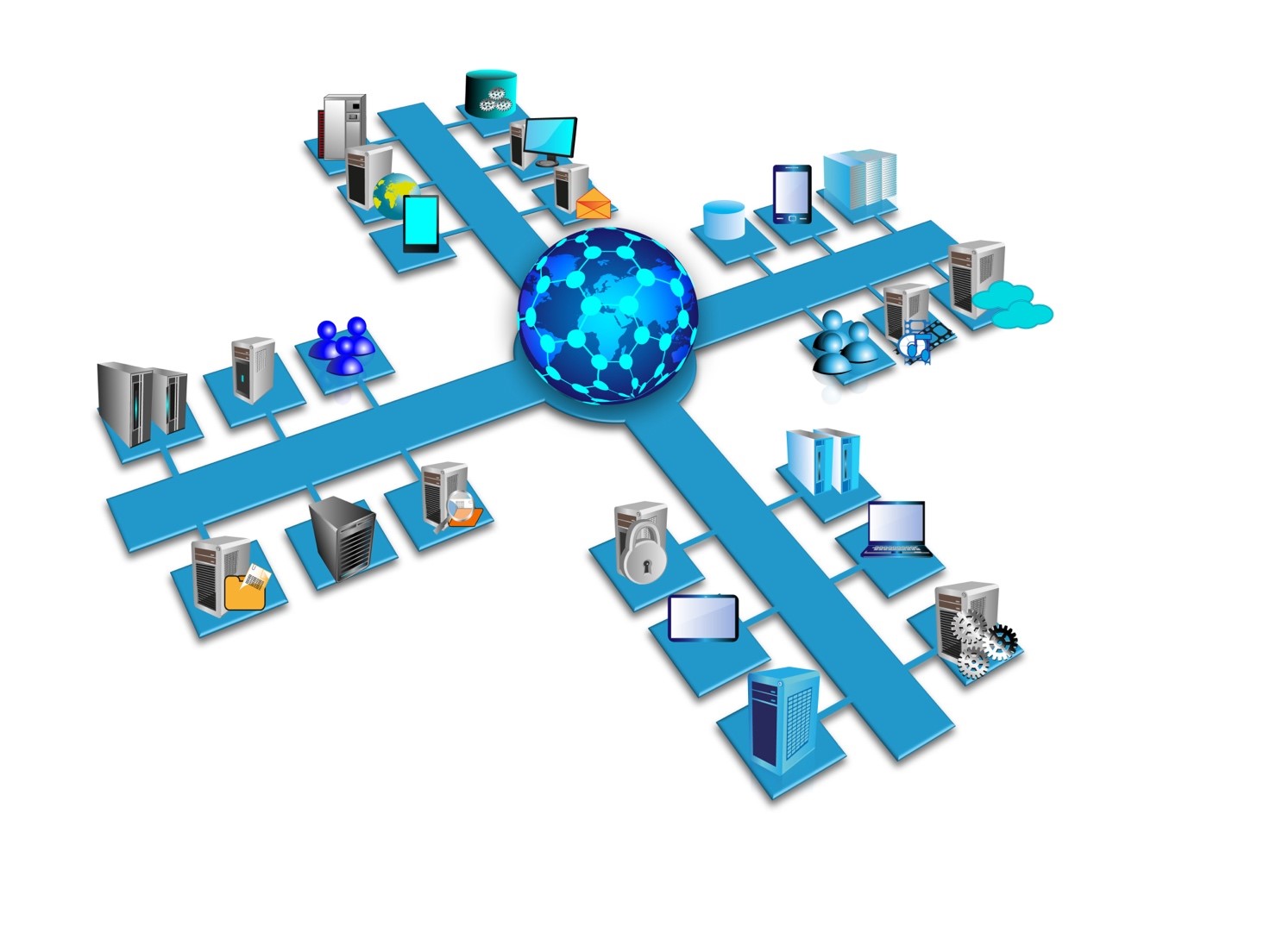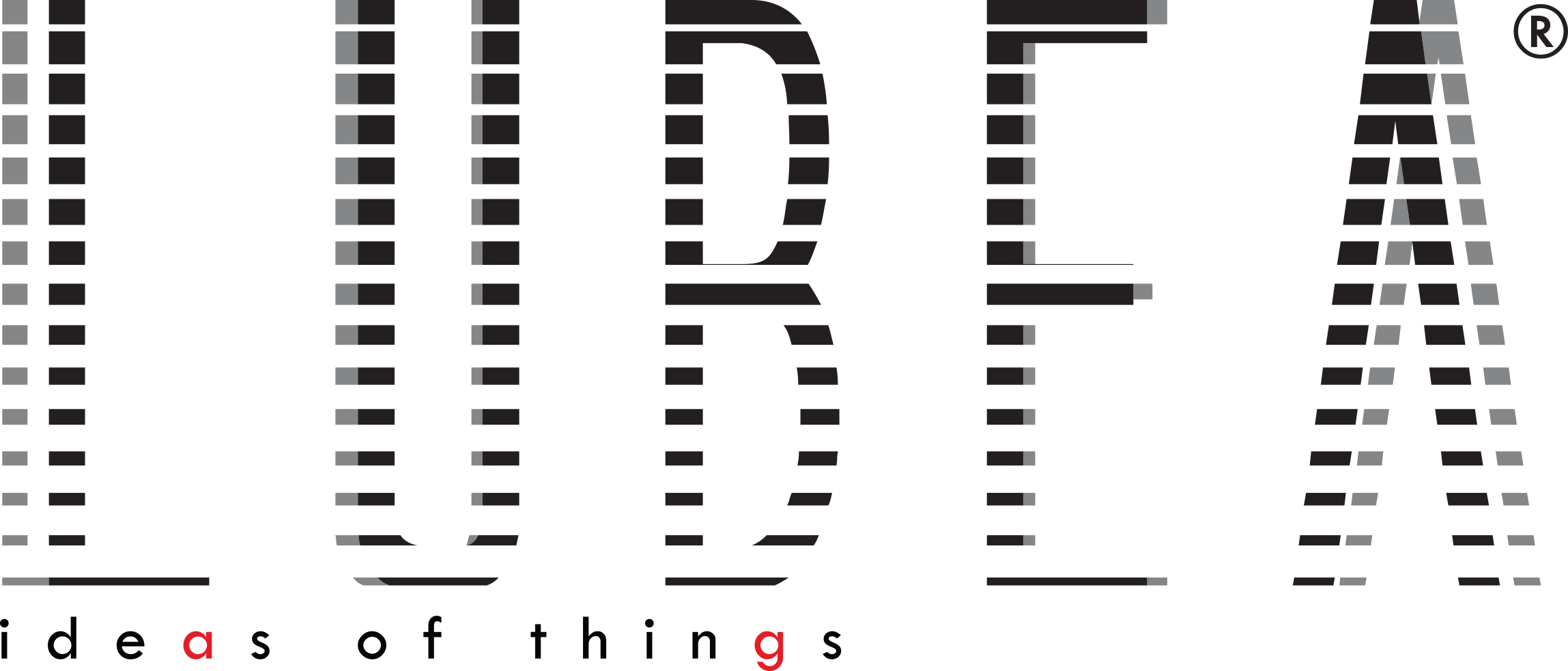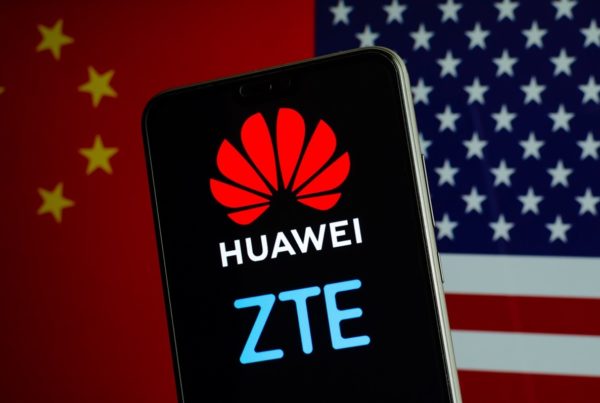Telecommunication networks are rapidly changing and evolving and the main innovations not only concern 5G but also the structure of networks themselves. This specifically applies to Open RAN (acronym used for Open Radio Access Network) a new technology aiming at overtaking the purpose-built hardware and software platforms, composing current mobile networks, allowing for a full interoperability of infrastructures’ devices. Lots of TLC operators and players have opted for Open RAN to open up the radio access network to the possibility of using different devices for various functional blocks. This will be possible using a more generic hardware, not linked to a specific vendor, allowing devices to interact through a set of standardized protocols.

Open RAN: the idea of an opened infrastructure
Open RAN technology primarily entails that access network is no longer composed of monolithic devices managing all the functions of a radio base station; quite the opposite, it will be split into diverse functional blocks known as RU (Radio Unit), DU (Distributed Unit) and CU (Centralized Unit). Furthermore, these blocks should be able to interact with each other by resorting to standard and clear interfaces which guarantee software and devices’ interoperability in the so-called open mode.
 Ericsson and AT&T: Open RAN project catch on in the States
Ericsson and AT&T: Open RAN project catch on in the States
To better understand how important this new technology is for mobile operators, all we have to do is thinking about Ericsson and AT&T which, last December in the States, signed a five-year partnership amounting to 14 billion dollars. AT&T Open RAN plan provides that by the end of 2026 70% of wireless networks’ traffic can include open platforms. The company aims at developing integrated RAN and open sites which, beginning of this year, have being coordinated and managed in partnership with Ericsson and Fujitsu. Leaving proprietary and closed source software will help mobile operators better manage hardware from diverse suppliers in any aspect of network. Starting next year, the company – in cooperation with multiple suppliers like Corning Incorporated, Dell Technologies, Ericsson, Fujitsu, and Intel – will start integrating Open RAN to its wireless networks.
AT&T and Ericsson signed the five-year joint agreement in a pivotal moment for 5G networks. The transition to an open and programmable network will let the two companies rapidly manage both the new wireless technology and the radio spectrum; at the same time, Ericsson open networks will act as a springboard for new software developers who will bring new suppliers to the field thus implementing and modernizing wireless devices and making US market more competitive. The company envisages that the increasing of competitiveness in the US RAN market will lead to more innovation and efficiency. The path towards Open RAN – with suppliers distributing open hardware, migrating to cloud RAN, and introducing third-party radio technologies – allows for a grater flexibility when choosing devices, to a greater costs’ reduction and to a greater efficiency which is something good considering Telco financial crisis.
Nokia and Vodafone to promote Open RAN in Italy
In Italy, the most progressive Open RAN project is the one run by Nokia and Vodafone which have recently announced to have successfully completed the first trial of this new technology on 5G radio access network by extending some sites to the real time network. This testing, needed to better develop flexible mobile networks, aims at paving the way for new software-based features which will speed up 5G connectivity in different fields, like telemedicine, public transportation, and industries. The potential of this network, specifically while testing Vodafone Italia Open RAN live network, has been confirmed ensuring high performance and features in line with the standard radio networks currently in use, like faster download up to 1.1 Gbit/s and faster upload up to 160 Mbps. As stated by the two companies’ spokespersons: “Such promising results have been achieved in terms of latency as well.” From a technical point of view, this trial has been tested using Nokia high-capacity AirScale Massive MIMO radio devices; it also led to the first implementation of Nokia Open RAN software running on Dell’s Commercial off the shelf (COTS) using Red Hat’s cloud infrastructure.
The trial also includes a new system for a better management of Nokia MantaRay radio networks, for a better implementation of consolidated networks and for a better management of mobile data. This is a brand new approach which will provide mobile operators and companies with a greater flexibility while building up new multi-vendors networks. Through this platform, Nokia and Vodafone strive for a greater number of hardware and software independent suppliers, start-up, and local companies which will thus be able to take on the challenge using open API (Application Programming Interface) promoting innovation, European competitiveness and, at the same time, increasing digital autonomy and procurement chain resilience. Vodafone yearns to build 30% of its radio base stations on Open RAN technology all over Europe by 2030, implementing its sites with this solution both in UK and Romania. The hope is that this approach might foster a widespread adoption of hardware and software disaggregation solutions and automation, promoting a more agile and rapid network development through a broader and richer ecosystem. As stated by Santiago Tenorio, director of Network Architecture at Vodafone, “the company is committed to developing and using Open RAN all over the word, promoting a diversified ecosystem of partners, stakeholders, and innovative solutions. This approach entails lots of benefits like a better choice, a better power efficiency, a better network capacity and better services to customers.” According to Mark Atkinson, in charge of Nokia RAN “the collaborative anyRAN approach by Nokia let services’ providers both to implement Open RAN technology with hardware of server and to choose Caas layer…Us, together with our partners, are committed to providing our customers with a wider choice and with higher quality services and Open RAN solutions than those provided by other RAN suppliers.”

Vodafone strategy for Europe
The strategic approach by Vodafone and Nokia represents a further step towards implementing Open RAN technology all over Europe trying to build 30% of their sites on this technology by 2030. This project will be firs launched in the United Kingdom, where the company, together with Dell, NEC, Samsung and Wind River, has already started working on the implementation of 2.500 local sites. The first UK Open RAN site was inaugurated in January 2021 in Bath, Somerset. At the end of 2023, Vodafone had installed more than 22 sites, including those in Torquay and Exeter cities: company’s management thinks that it is the right way to achieve its goal of implementing 2.500 open RAN sites. With this regard, the company announced that it will be deploying this technology to its global networks; last February, it also declared that, in collaboration with Samsung, it had launched the Open RAN solution in 20 Romanian cities.
Final thoughts
Open RAN technology entails multiple benefits allowing mobile operators to no longer be bounded to a single provider but to freely choose their supply chain accessing a wide range of hardware/software-based solutions, thus increasing their competitiveness. The separation into different functional blocks will also allow the use of various architectures based on case study or on services the operator wants to provide. Additionally, it will enable the radio access network to evolve in a more scalable and faster way. Should hardware solutions become more opened, new features and systems’ upgrade might be easily implemented for better developing software by saving time and costs. This software will speed up the implementation of new features and new technologies, like AI, improving the management of network resources and their mobile devices. To unlock the potential of this technology, huge investments will be needed and the coordination effort to enable interoperability between different suppliers will take several years before the Open RAN architecture can be consolidated in the market. This technology can, for sure, spread a market competitiveness no longer based on decreasing rates but rather on increasing the quality of delivered services.





